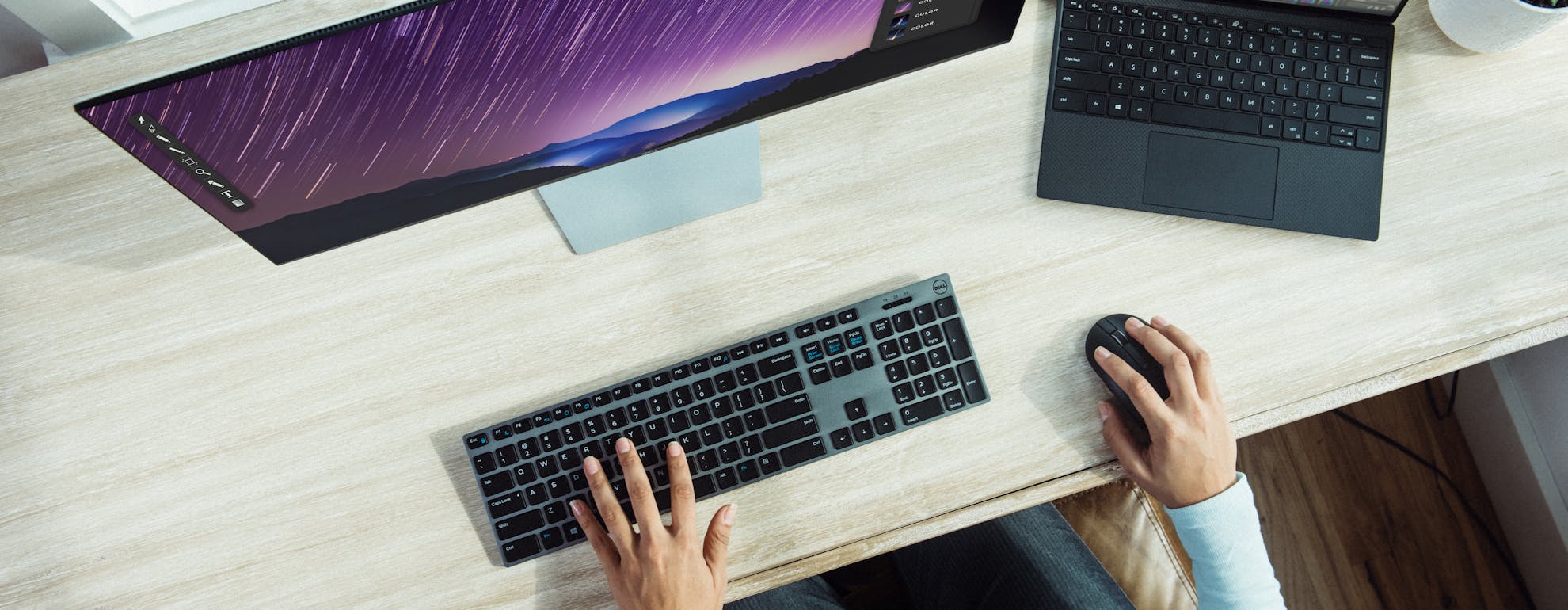
Body Impact of a Sedentary Office Desk Job
Over the last decade there has been an extraordinary amount of work looking in to the risks of working at a desk for prolonged hours. In 2012, the BBC reported that desk workers are at double the risk of heart attacks, more prone to diabetes and more likely to suffer from heart disease. More recently, in summer 2016 a new report claimed that at least one hour of exercise a day is needed to offset the negative health impact of a sedentary desk lifestyle. As well as putting your health at risk in the long-term, sitting down at work for hours on end can wreak short-term damage to your muscles and posture too.
Get clued up on how dangerous a sedentary lifestyle can be, and work to change your daily habits to offset the risks with these tips from fitness instructor Alexa Garside:
ㅤ
HOW DESK WORKING CAN DAMAGE YOUR BODY
Hips: Sitting for long periods of time, either at a desk, in a car or on a sofa, can put your pelvis out of alignment. Your hips will be passively contracted in this position which can weaken and shorten your hip flexors throughout the day. This can result in uncomfortable stiffness and inflexibility, and if not worked on can lead to longer term lower back pain and issues.
Chest & Lungs: Sitting at desks without proper posture can cause us to hunch our shoulders, which not only leads to back issues, but can also affect our breathing. Rounded shoulders restrict the expansion of the ribcage, diaphragm rise and lung volume.
Back Muscles: Your posture can really suffer as a result of too much time sitting at a desk, leading to lower back and neck pain. Static posture puts a large amount of pressure on the back muscles and spinal discs, increasing stress to the back and shoulders.
ㅤ
HOW TO COUNTERACT THE EFFECTS
Hips: To negate the effects of desk-sitting on your hips make sure you release built-up tension in the area with a foam roller or ball massage, a.k.a. "self myofascial release”. As well as massage, you can strengthen your hip flexors with couch stretches and floor-slide mountain climbers.
Chests & Lungs: Yoga and pilates are brilliant for improving your strength training form and technique, as well as helping open your chest with upper-body stretches that will help to counteract the effects rounded shoulders have on your respiratory system.
Correct Posture: There is a huge amount of desk posture advice online, but the most vital thing is that your lower back is properly supported, your feet are flat on the floor and your knees just lower than your hips. The NHS have a full guide to how to sit correctly at a desk.
Regular Exercise: A new report claims that at least one hour of exercise is needed a day to counteract pro-longed desk sitting. Whilst regular gym goers may already be on target with this, the exercise mentioned here doesn’t necessarily mean full strength training or cardio workouts. Walking or cycling to work can be just as beneficial to counteracting desk-sitting.
ㅤ
HOW TO BE MORE ACTIVE DAY-TO-DAY
The solution to counteracting desk-sitting is to introduce achievable and gradual changes to your daily exercise routine so that they become a habit you stick to.
Fitness instructor Alexa Garside suggests 1.5hrs to 2.5hrs of cardiovascular exercise a week, as well as 1.5hrs – 2.5hrs of weight training. As well as helping cancel out the effects of desk-sitting, exercise which gets your heart rate up and leaves you out of breath has been scientifically proven to improve memory by boosting brain cell growth.
Exercise classes are good for people who struggle with self-motivation. Accessible work-outs with a group of people tend to be easier to stick to, especially for people with a busy home life. If you prefer to workout at home, do it little and often making sure you include flexibility and postural exercises.
ㅤ
THE NEED TO RE-EVOLVE
Working out at the gym is ingrained in our lives now more than ever before. Increased awareness of the benefits of exercise mean that we’re proactively going out of our way to be more physical in our daily routines. Historically humans had no choice but to have an active lifestyle, from prehistoric man hunting for food, through to physical farm labour. Overtime the agriculture and manufacturing industries have been replaced with less physical occupations, but it’s only in the last decade that we’ve become more aware of the dangers of a sedentary lifestyle.
We need to stay as active as our ancestors, and avoid becoming desk-monkeys. It’s time to re-evolve:
ㅤ
ㅤ
Want to learn more? Visit our Health and Wellbeing category to help look after your body, mind and personal safety with our expert advice and guidance.
Welcome
Welcome to our SportsShoes Health & Wellbeing Hub! Look after your body, mind and personal safety with our expert advice and guidance.
Read More
Share this
Featured Articles
View All